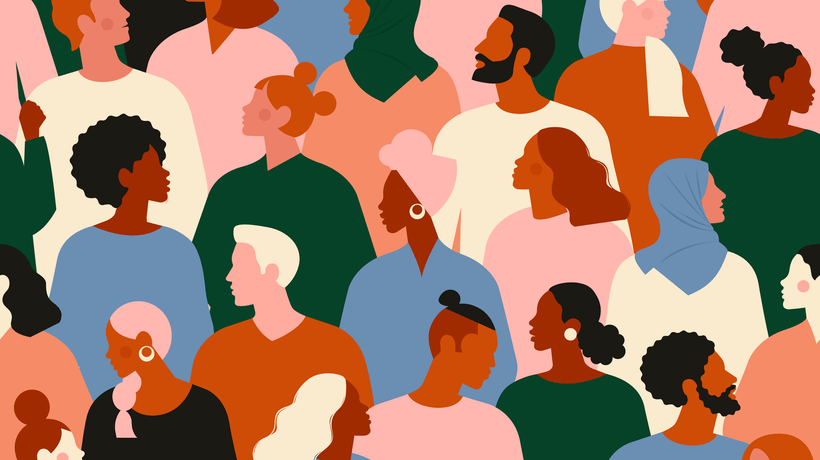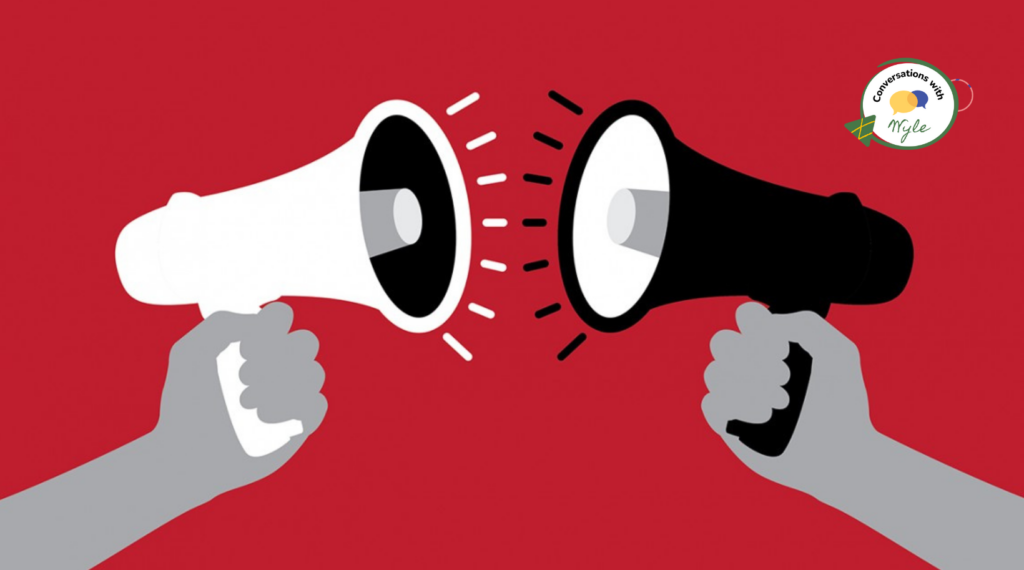Discover how unconscious bias training improves collaboration, psychological safety and team performance. Learn practical strategies to reduce bias, enhance communication and create inclusive teamwork.
In today’s organizations, collaboration sits at the heart of innovation, agility and performance. Teams that bring together diverse perspectives can outperform more homogeneous groups but only if those perspectives are genuinely heard, valued and leveraged. That is where unconscious bias enters the story. Without visible signs, it can quietly erode collaboration, undermine psychological safety and reduce a team’s ability to work well together. This is also why many organizations invest in unconscious bias training or unconscious bias workshops to build shared awareness and shift team habits.
What is unconscious bias and why should teams care?
Unconscious bias (also called implicit bias) refers to the automatic associations or stereotypes people hold, outside of conscious awareness, which influence how we perceive, evaluate and interact with others. These biases are universal: everyone has them, because the brain uses heuristics (mental shortcuts) to process massive amounts of information quickly.
For teams and collaboration, though, the stakes are high. When such biases steer who speaks up, who gets credit, whose ideas get taken seriously, or whose contributions are overlooked, the quality of collaboration suffers. Tools like unconscious bias training for teams can help organizations build shared language and skills to surface these patterns.
How unconscious bias shows up in collaborative teams
Here are some of the ways unconscious bias can interfere with how teams work together:
- Idea-generation and contribution. When bias influences who is perceived as an “expert” or “credible” contributor, some voices may be elevated while others are discounted. A scoping review of inter-professional teams found that biases around dominance and expertise were internalised by team members and negatively affected collaboration.
- Meeting dynamics and interruptions. Subtle biases can lead to some participants being interrupted more, their ideas questioned more, or their contributions ignored — micro-inequities that corrode trust and engagement.
- Psychological safety and inclusion. If team members feel they are not seen, heard, or valued because of unconscious biases, they may hold back their contributions, reducing the team’s capacity to learn, adapt and innovate.
- Decision-making and evaluation. Bias may shape whose ideas get selected, whose performance is rated highly, and which team members are given opportunities — all of which affect who collaborates with whom and how.
- Groupthink and homogeneity. If bias nudges teams towards familiar faces, backgrounds or styles, then diverse perspectives may be under-utilised, limiting creative potential and problem-solving.
Why collaboration matters and what unbiased collaboration looks like
Collaboration isn’t simply people working together; it’s people working well together. That means:
- Psychological safety: team members feel safe to speak up, take risks, dissent or share novel ideas
- Equitable participation: diverse voices are encouraged, intentional and integrated
- Shared leadership: expertise may shift depending on task, not fixed by identity
- Reflective processes: the team regularly examines how it works together and adapts
When unconscious bias goes unaddressed, these conditions weaken. When teams actively acknowledge and tackle bias, collaboration improves significantly. This is why many organizations integrate these practices into unconscious bias workshops, team development programs and collaboration training.
Real-world strategies for teams and leaders
Here are concrete approaches that align with research and practical experience for fostering collaboration by addressing unconscious bias:
Pause and reflect before key collaborative moments.
Simple “mindful minutes” before meetings can help participants slow down, become aware of their assumptions and set more inclusive norms.
Make meeting processes visible and equitable.
For example:
- Use structured facilitation (e.g., round-robin invites for ideas) so one or two voices don’t dominate.
- Explicitly ask quieter participants for their input.
- Rotate roles (facilitator, note-taker, devil’s advocate) so power is distributed.
- Use initial idea generation (anonymous or written) to reduce influence of perceived status.
Establish norms of inclusive collaboration.
At the start of team charters or workshops, agree on behaviours such as: “We will invite dissenting views”, “We will assume positive intent”, “We will challenge ourselves to notice assumptions and patterns”.
Leverage peer feedback and reflection.
When team members regularly reflect together on how they collaborate (e.g., after a sprint or project), they can identify patterns of exclusion, differential engagement or bias in decision-flows.
Diversify who is included in roles, networks and perspectives.
Actively design teams to include different backgrounds, functional expertise and thinking styles. But equally important: create the conditions for those members to contribute meaningfully (not just “token” inclusion).
Use data and feedback loops.
Measure not just outcomes (e.g., project success) but collaborative processes: who speaks, who interrupts, whose ideas are taken forward, how decisions evolve. And use that data to adjust team norms and behaviours.
Embed inclusive leadership behaviours.
Leaders of teams play a crucial role in modeling inclusive collaboration by inviting dissent, recognising contributions from less visible members, checking assumptions, creating safe space for debate. This helps offset bias-driven dynamics.
Why this matters for your organization
For your organisation (and for clients you serve), taking unconscious bias seriously in the context of collaboration unlocks multiple benefits:
- Improved team performance: when all voices are heard and leveraged, solutions are richer, decisions more robust and execution stronger
- Greater innovation: diverse cognitive inputs and genuinely inclusive collaboration fuel creative problem-solving
- Higher employee engagement and retention: team members who feel safe and valued contribute more and stay longer
- Stronger reputation: for organisations that truly collaborate inclusively, culture becomes a differentiator and a competitive advantage
This is one reason many organizations pair collaboration work with unconscious bias training to build shared habits and deepen impact.
Closing thought…
Unconscious bias influences how teams communicate, how ideas are evaluated and how decisions are made. When organizations take the time to address these patterns, teams work more effectively and with greater trust. Unconscious bias training provides teams with a shared understanding and practical tools they can apply immediately. Over time, this leads to more consistent decision making, stronger collaboration and a work environment where more people can contribute fully.
Explore Unconscious Bias Training for your Team:
If your organization is building an inclusion strategy or looking for practical ways to strengthen collaboration, our unconscious bias training options can support your goals. We offer unconscious bias workshops, eLearning courses, webinars, lunch and learns and keynote presentations to help teams build awareness and apply inclusive practices in their daily work. https://inclusivityinsight.com/inclusivity-training/
References:
Emberton, M. “Unconscious Bias Is a Human Condition.” PMC, 2021. PMC
Sukhera, J. “Exploring implicit influences on interprofessional collaboration.” PubMed, 2022. PubMed
Storm, K. “Unconscious bias in the HRM literature: Towards a critical review.” ScienceDirect, 2023. ScienceDirect
“Reduce Unconscious Bias on Your Team.” Harvard Business Review, 2024. Harvard Business Review
“A Guide to Understanding and Addressing Unconscious Bias.” Oxford Management, 2024. Oxford Management Centre
“Recognizing and Mitigating Unconscious Bias in the Workplace.” SHRM, 2024. SHRM
Hoffman, D. & Winter, H. “Follow the Science: Proven Strategies for Reducing Unconscious Bias.” Harvard-Law Review, etc. Harvard Law Journals
“Unconscious Bias: A Silent Threat to Workplace Diversity.” Sustainability Magazine, 2023. Sustainability Magazine
Fiarman, S. E. “Unconscious Bias: When Good Intentions Aren’t Enough.” Ed Leadership, 2017. Responsive Classroom
“The Problem With Unconscious Bias Training.” Tidal Equality Blog, 2020. Tidal Equality






















